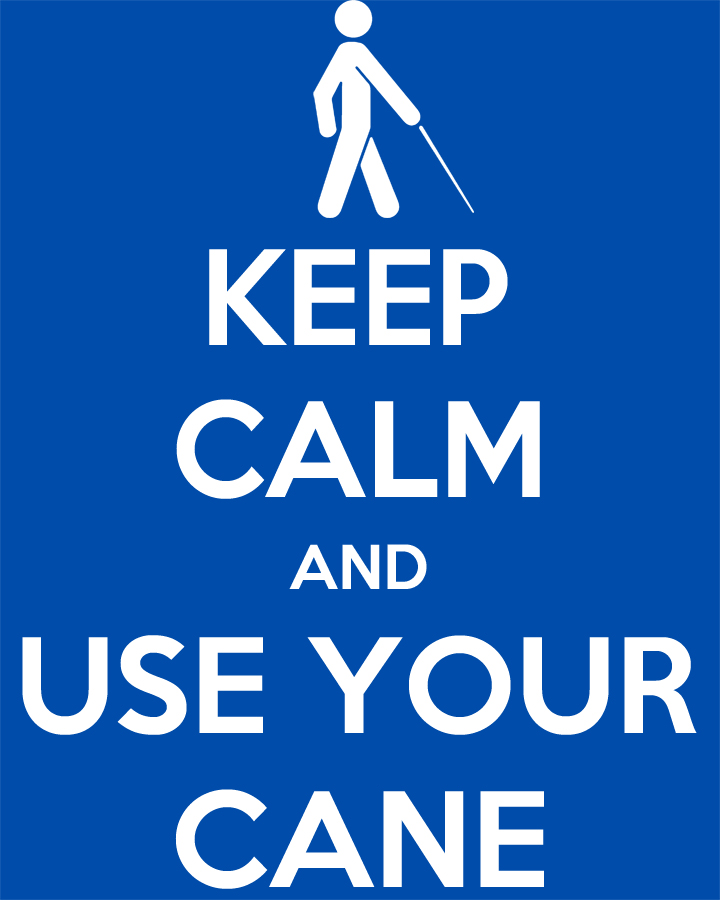
The goal of orientation and mobility (O&M) instruction is to enable students to travel safely, efficiently and as independently as possible in different environments such as the home, school and community. To achieve this goal, instruction may be provided in the following areas:
- Concept development: Awareness and identification of body parts and movement are important components of orientation and mobility instruction. In addition, learning about positional concepts (e.g.,between, middle) as well as common environmental objects and their functions enable children to better understand their surroundings.
- Motor development: Movement is a key component of orientation and mobility. It is important to create a safe and stimulating environment for children to develop good motor skills. Appropriate balance, posture and gait. For those with multiple disabilities, the use of adaptive devices and specific techniques may be necessary to enable them to move around and interact with the environment.
- Sensory development: When vision is affected, effective use of the senses (hearing, touch, smell and vision) becomes critical in better understanding the environment. For example, children can learn to identify the street corner by noticing cues such as a downward slope, the end of the building line, traffic or pedestrian sounds and changes in wind and temperature.
- Visual skills: Children can learn how to make better use of their functional vision, in combination with their other senses as well as with devices such as telescopes or sunglasses. Instruction may be provided in areas such as systematically locating targets in the environment, making better use of visual cues to detect and negotiate curbs and steps, and learning to select and use appropriate visual landmarks to remain oriented while traveling.
- Social skills: Being able to effectively interact with others is an important part of independent travel. Some social skills may be difficult to acquire when children cannot visually imitate other people's gestures and body language. Social skills include making eye contact, facing people when talking to them, shaking hands and asking for or politely refusing assistance. O&M lessons in different community settings provide invaluable opportunities to work on a variety of social skills.
- Techniques of orientation and mobility: Traveling safely and efficiently involves the use of specific O&M techniques and strategies. Some of them include walking with a guide, learning various cane skills, as well as traveling in a variety of environments (residential, small business and downtown areas) and using public transportation.
- Use of Devices: Devices such as Global Positioning Systems (GPS), optical devices, Electronic Travel Devices (ETD's) and amplification systems may be useful in enhancing a child's understanding of the world arround him or her, assist with orientation, and provide greater access to information among other benefits.
